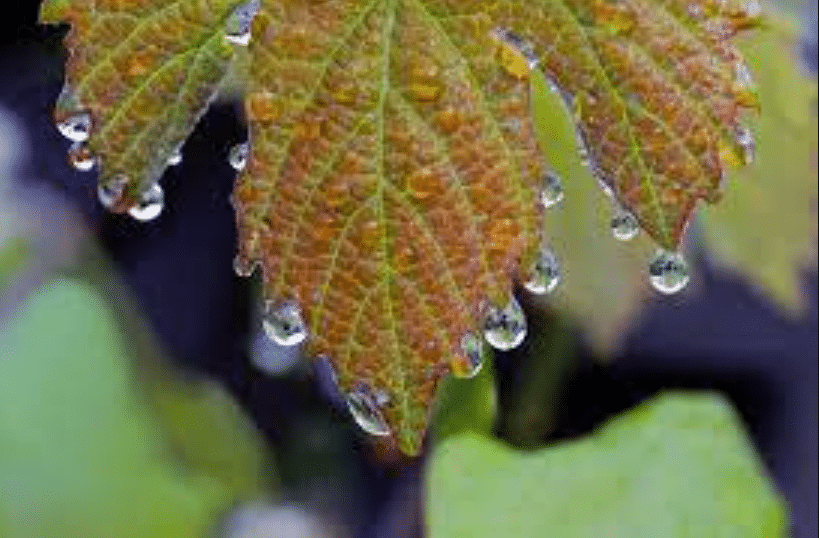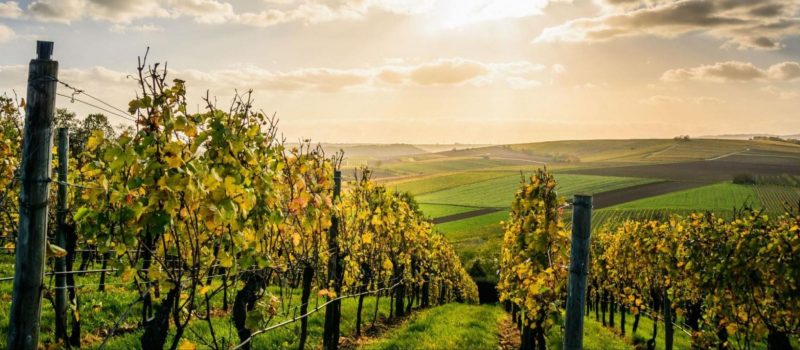Viticulture & Winemaking
The Impact of Weather on Wine
Wine is a product of the land, and The Impact of Weather on Wine in its creation are huge. From the moment the grape vines are planted, the climate and weather conditions have a significant impact on the growth of the grapes and the character of the wine they produce. In this post, we will explore the role of weather in winemaking and the various weather-related challenges that the wine industry faces.
The Role of Climate
Climate is one of the most important factors in winemaking. Different wine-growing regions have different climates, ranging from hot and dry to cool and wet. This affects the type of grape varieties that can be grown, as well as the timing of the grape harvest. The climate also affects the ripening of the grapes, with warmer climates leading to earlier harvests and riper grapes. The resulting wine will have different flavor and aroma profiles depending on the climate in which it was grown.
The Impact of Weather on Wine
The Impact of Weather on Wine can have a profound effect on the growth and production of grapes. Drought and excess rainfall can both have negative impacts on vine growth and grape production. Drought can stress the vines and limit the amount of fruit they produce, while excess rainfall can lead to mold and disease in the vineyard.
Extreme weather events, such as heatwaves and hurricanes, can also have devastating effects on vineyards. Heatwaves can damage the grapes and negatively impact the quality of the wine, while hurricanes can cause significant damage to vineyards, destroying crops and equipment.
Frost and hail are two other The Impact of Weather on Wine that can impact vineyards. Frost can damage the buds and shoots, reducing the amount of fruit the vine produces, while hail can damage the grapes and reduce the overall quality of the crop. To deal with these problems, some winemakers are using frost protection methods such as wind machines and irrigation, while others are planting their vines in more protected areas to minimize the risk of frost damage.
The wine industry is also exploring new technologies to help protect vineyards from the effects of weather. For example, precision agriculture techniques are being used to monitor vineyard conditions and to optimize irrigation and pest management. Additionally, vineyard owners are planting more resilient grape varieties and using cover crops to help protect their vineyards from the effects of extreme weather events.
Vintage Variations
The Impact of Weather on Wine can also influence the quality and character of a vintage. A vintage is the year in which a wine was made, and the weather conditions in that year can have a significant impact on the final product. For example, a hot and dry year may produce riper and fruitier wines, while a cooler and wetter year may produce lighter and fresher wines.
Winemakers must take into account the weather conditions when deciding when to harvest their grapes. If the weather is too hot, the grapes may become overripe and produce wine with high alcohol levels and a lack of acidity. If the weather is too cool, the grapes may not reach their full potential and the wine may lack flavor and aroma.
Climate Change and Its Impact on the Wine Industry
Climate change is having a significant impact on the wine industry. Rising temperatures and changing weather patterns are affecting the timing of the grape harvest and the quality of the grapes. Winemakers are having to adapt to these changes by planting more heat-resistant grape varieties and using new technologies to monitor and manage vineyard conditions.
The wine industry is also investing in research and innovation to help it cope with the effects of climate change. For example, scientists are exploring new methods for water management, as well as new grape varieties that are better adapted to changing weather patterns.
Conclusion
In conclusion, weather plays a crucial role in the production of wine. From the climate in which the grapes are grown, to the weather conditions in a particular vintage year, every aspect of weather can influence the final product. Winemakers must constantly adapt to changing weather patterns and extreme weather events, and invest in new technologies and practices to protect their vineyards and produce high-quality wine.
As the impact of climate change continues to grow, the wine industry will face new challenges and opportunities. By continuing to invest in research and innovation, and by working together to address the effects of weather on wine, the industry can ensure its continued success in the face of a rapidly changing world.


